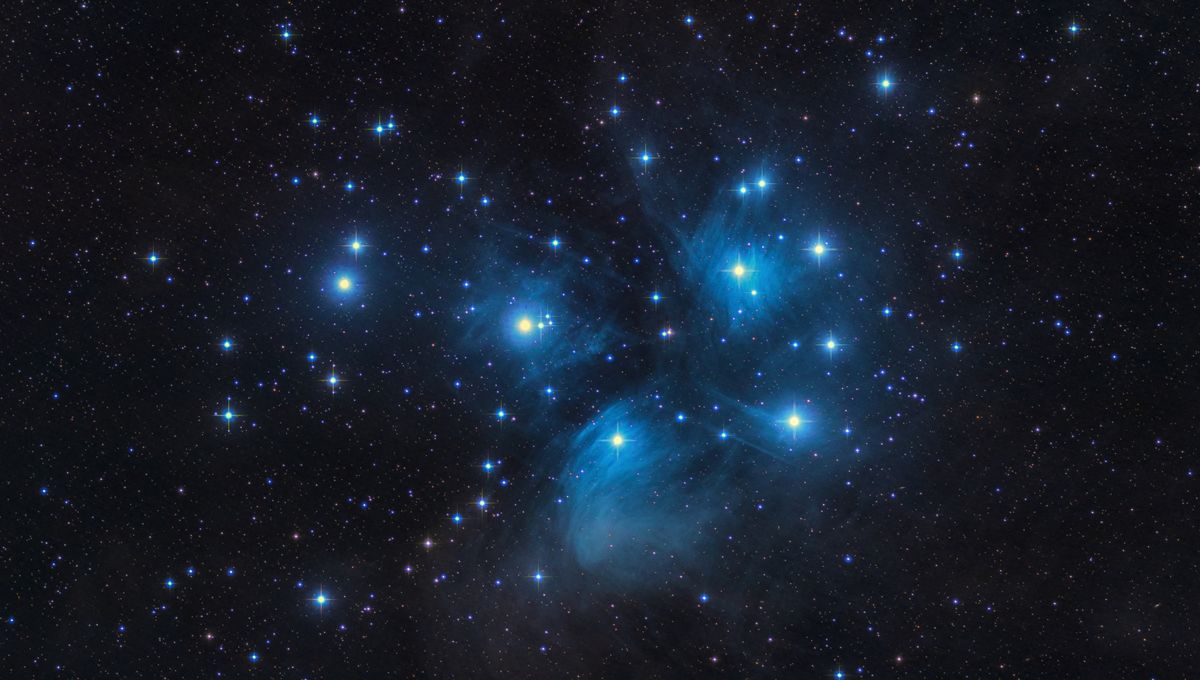
The glorious August sky continues to deliver beauty. Not only has this week seen the peak of the Perseids meteor shower, two planetary conjunctions, and a planetary alignment, but if you wake up early or stay up late this weekend, you’ll be able to see the Moon getting close to the Pleiades – by far the most famous open cluster of stars in the sky.
The rest of this article is behind a paywall. Please sign in or subscribe to access the full content.
The Moon, which is at its waning quarter, will rise close to the Taurus (the bull) constellation. In particular, it will be just a handful of degrees from the Pleiades, which are near the bull’s shoulder. The Moon is rising late in the evening (depending on your time zone). In New York, for example, this is going to happen after 11 pm local time tonight, with the Pleiades coming above the horizon soon after.
To see the event at its best, it’s better to wait for later in the night, when both the Moon and the Pleiades are visible between east and northeast.
Tomorrow night, the same thing will happen, but reversed. The Pleiades will be the first to rise, followed by the Moon. Again, for better visibility later in the night will be better.
A super-interesting fact about the Pleiades is that in so many cultures they are associated with the number seven (the “Seven Sisters” in the Greek myth and several stories and songlines of Indigenous Australian culture, “six brothers and a princess” in Danish folklore, and even their depiction in the Nebra disc). The problem is that you can only see six stars with your naked eye, unless you have exceptional eyesight. Folklorists have suggested that the stories featuring the number seven come from at least 100,000 years ago, when two of the stars were more easily distinguishable.
If you want to maximize your options for seeing things, very early in the morning should be your goal. Not only will you get the Moon and Pleiades, but you will also get a planetary parade, with four of them visible to the naked eye (Mercury, Venus, Jupiter, and Saturn) as well as the possibility of seeing Uranus and Neptune with a small telescope.
Another fun fact: the Pleiades are a very young star cluster, about 100 million years old. This means that sharks and turtles are older than these stars.
Source Link: The Pleiades Will Dance With The Moon This Weekend